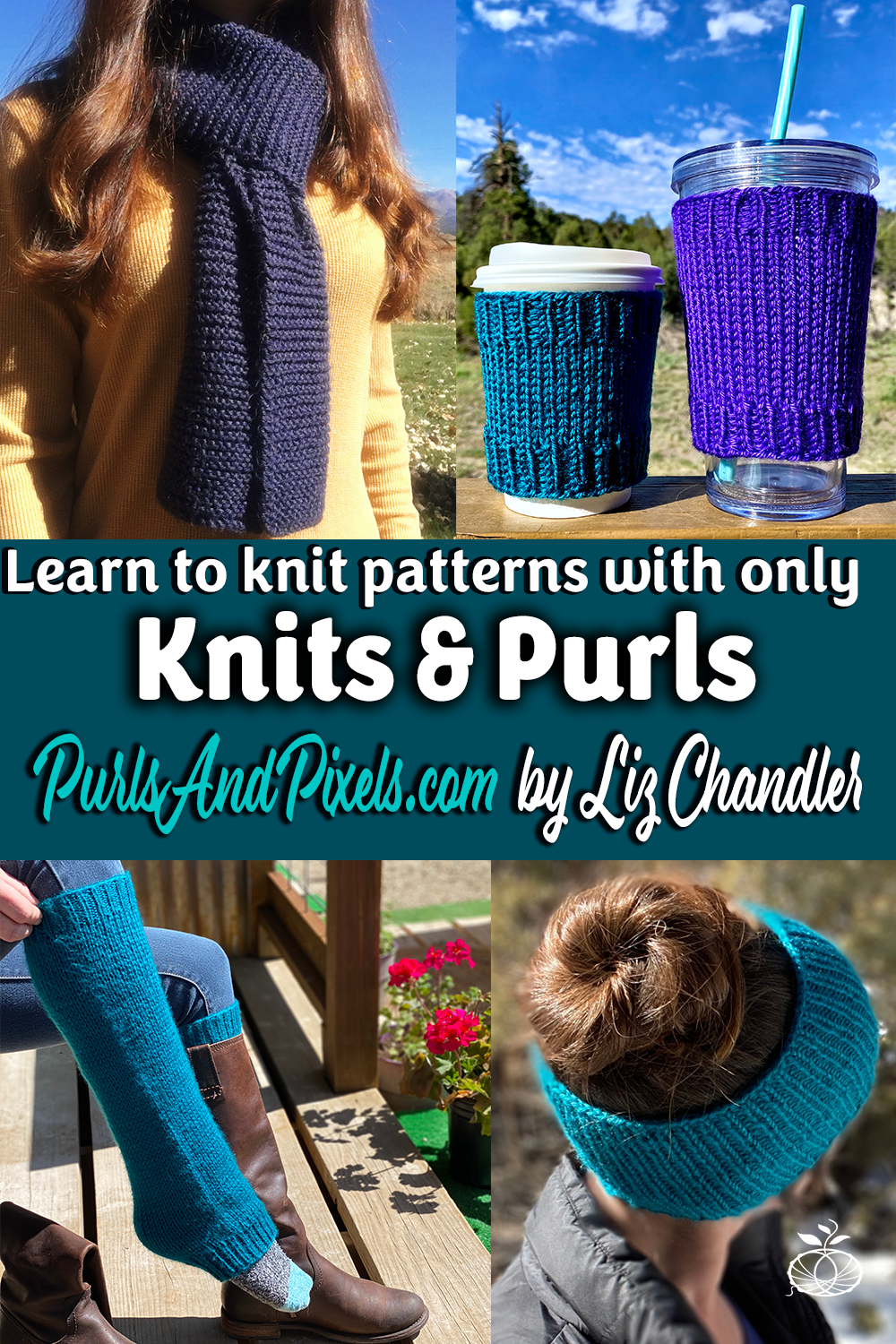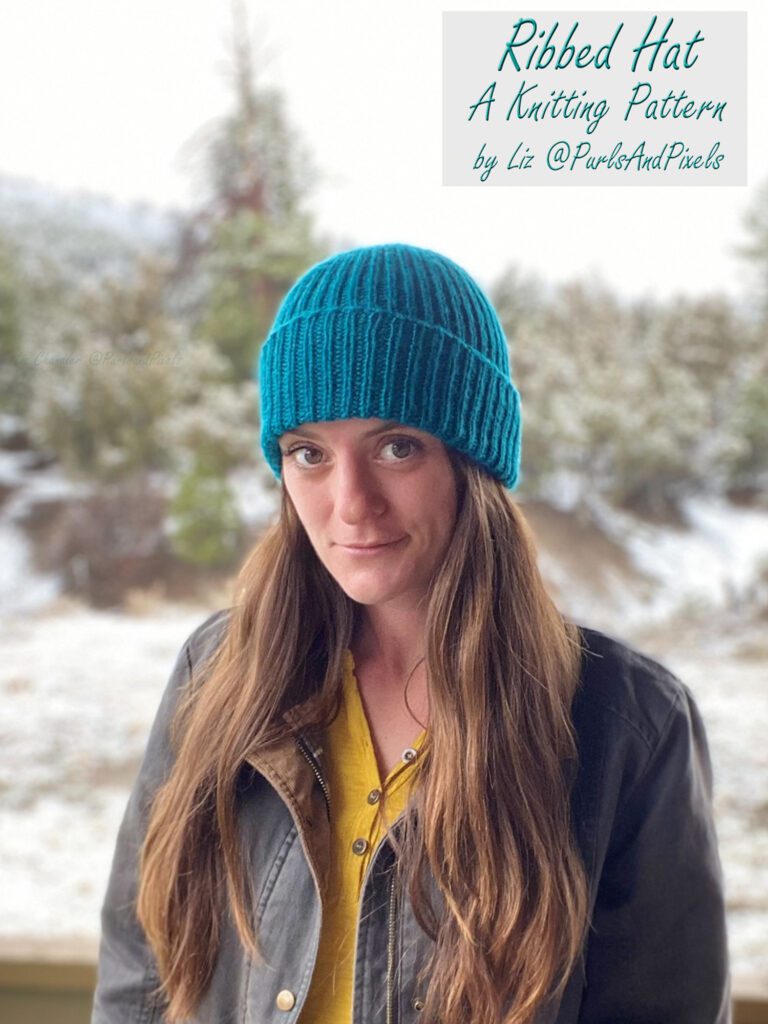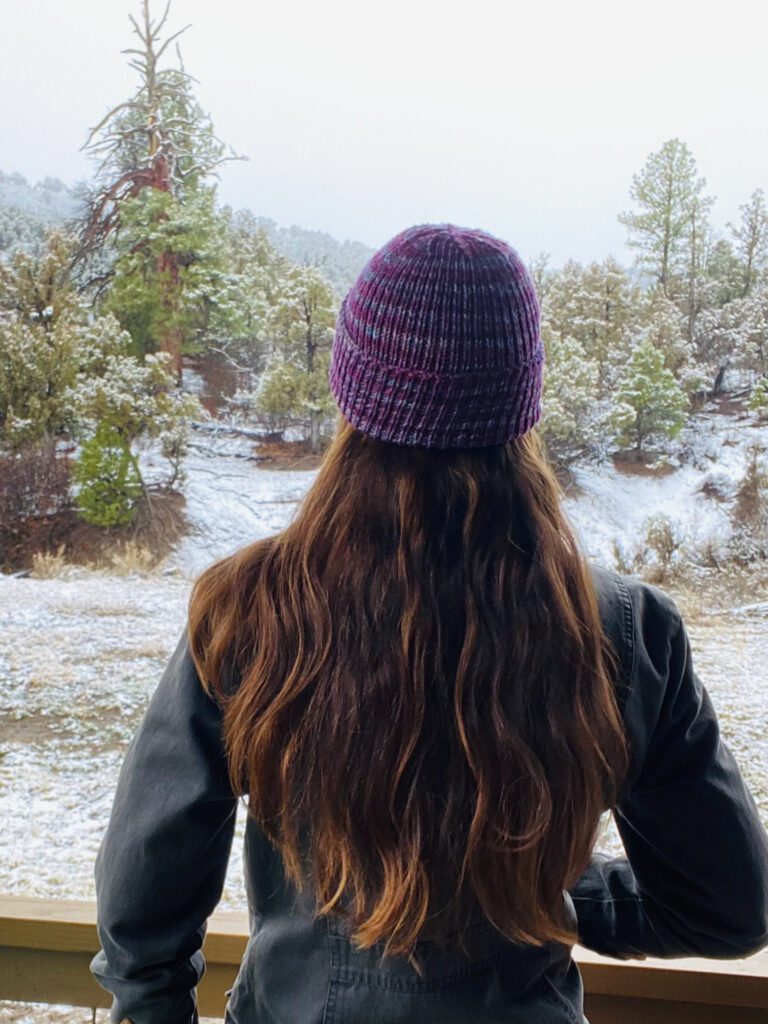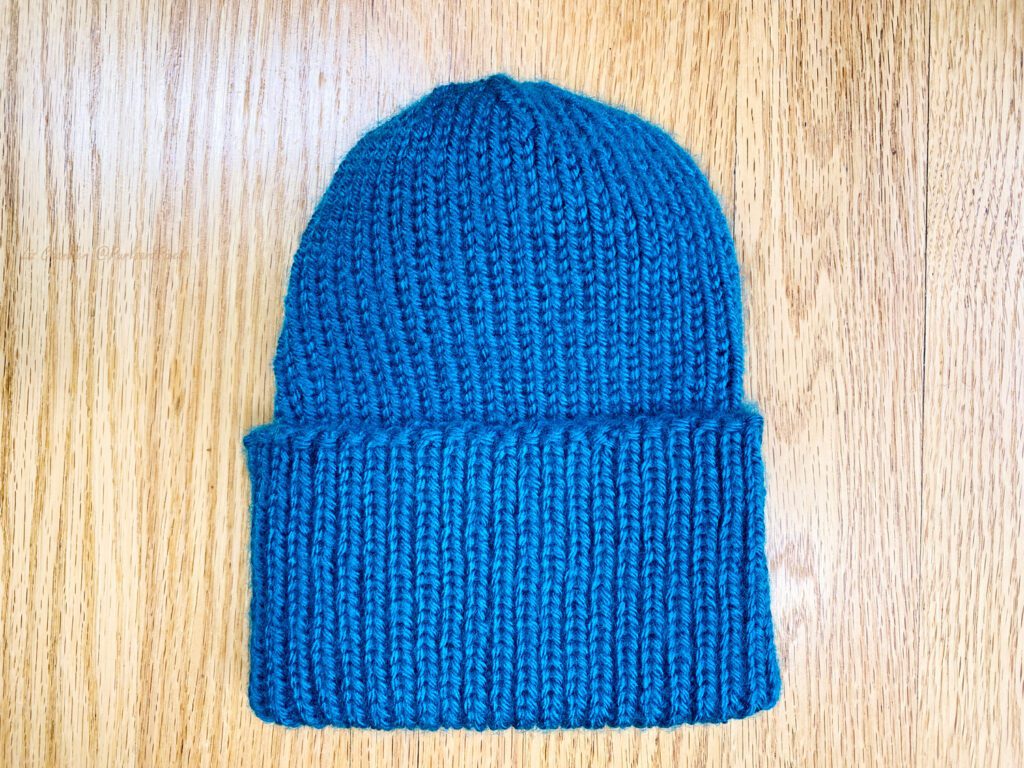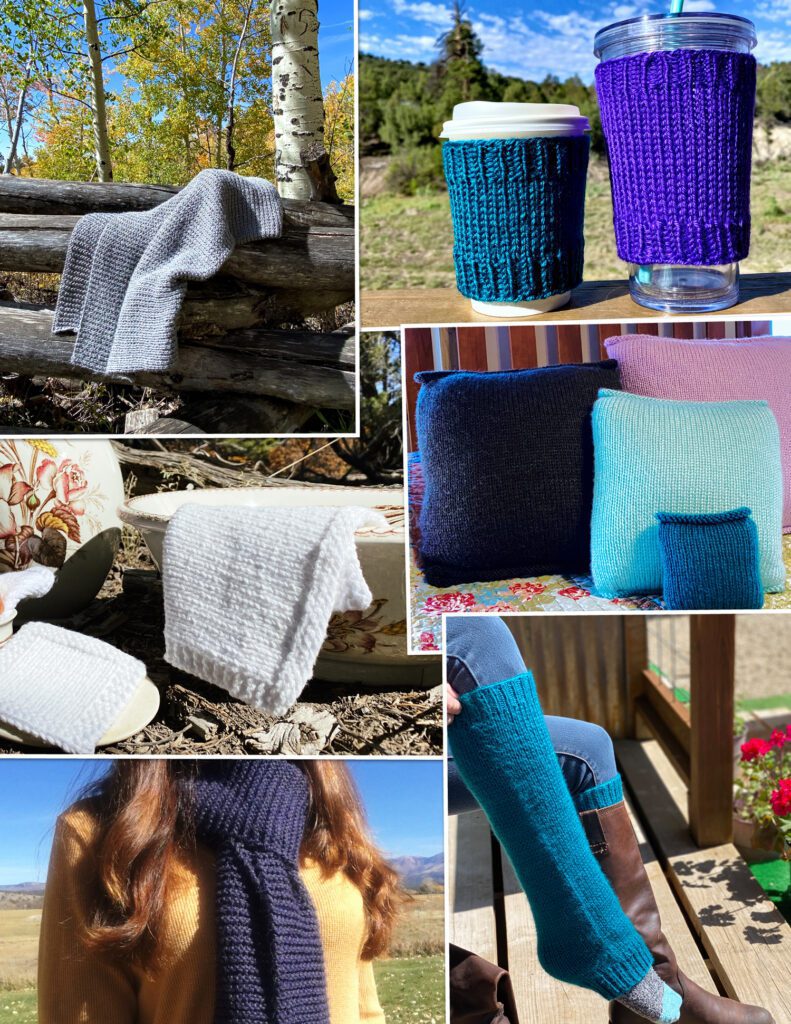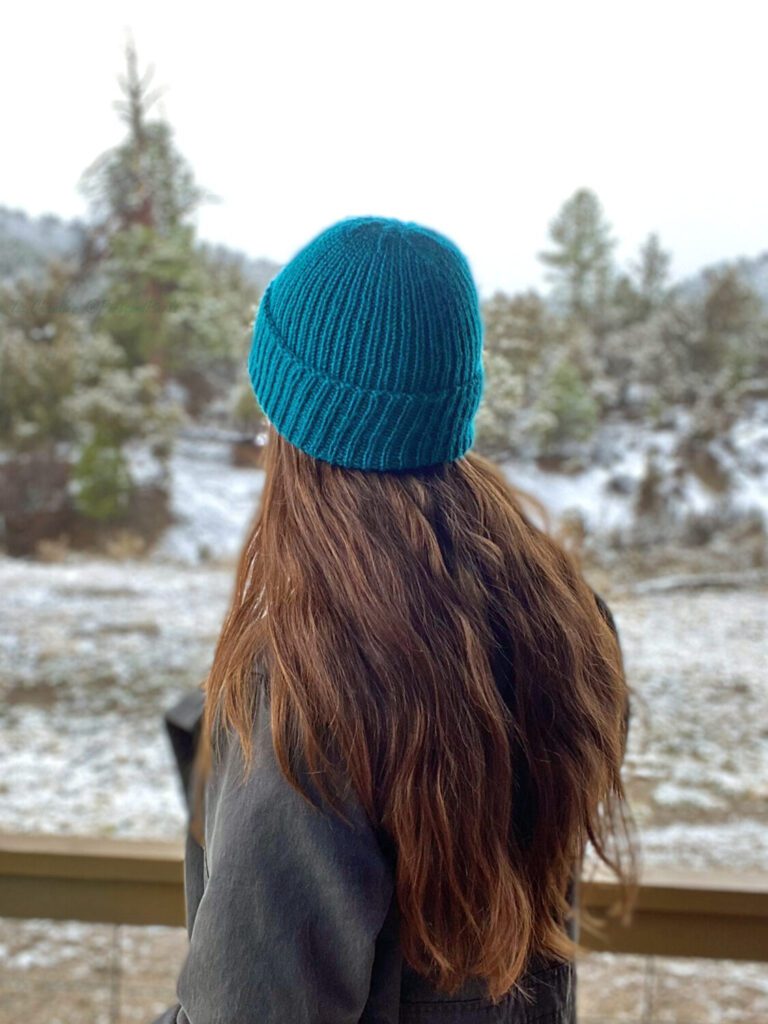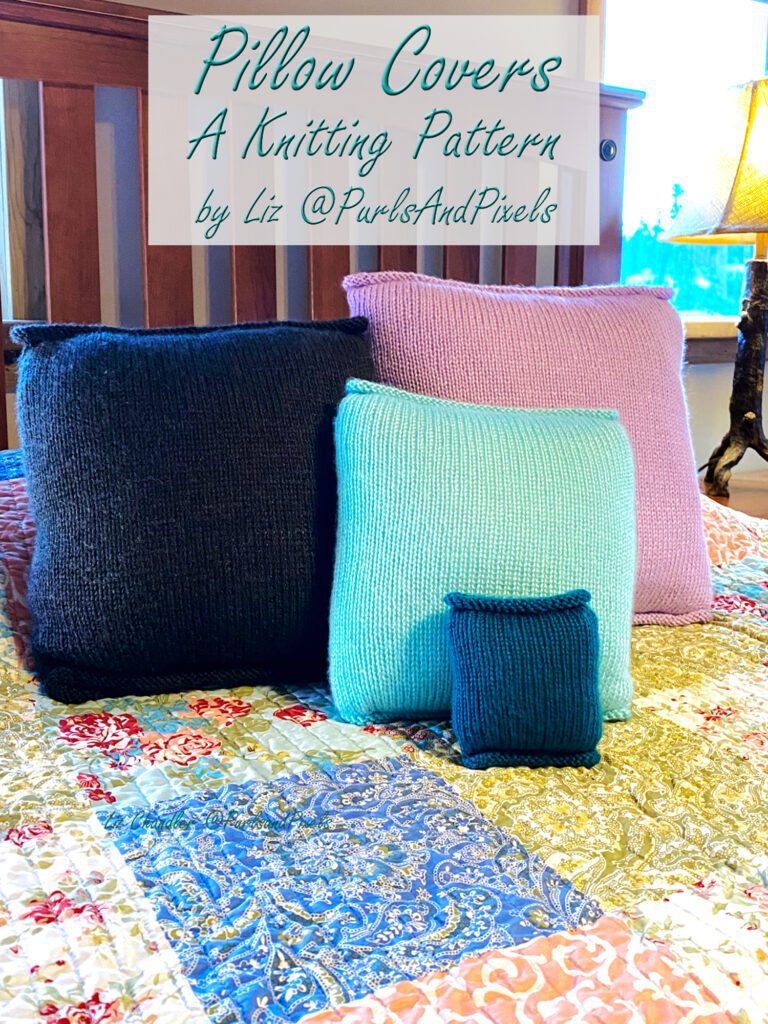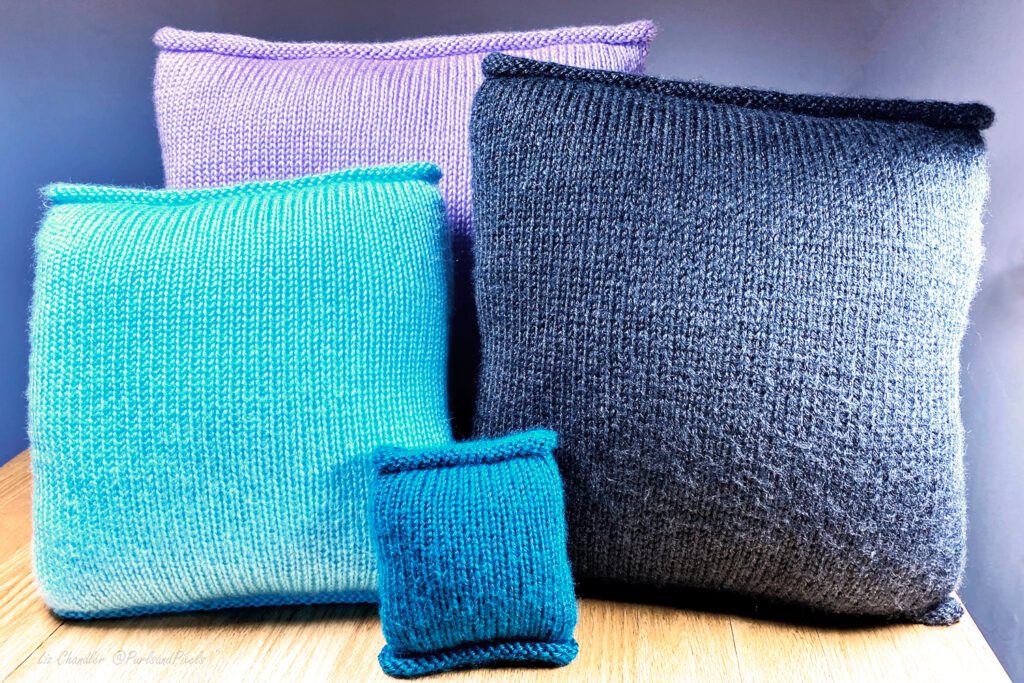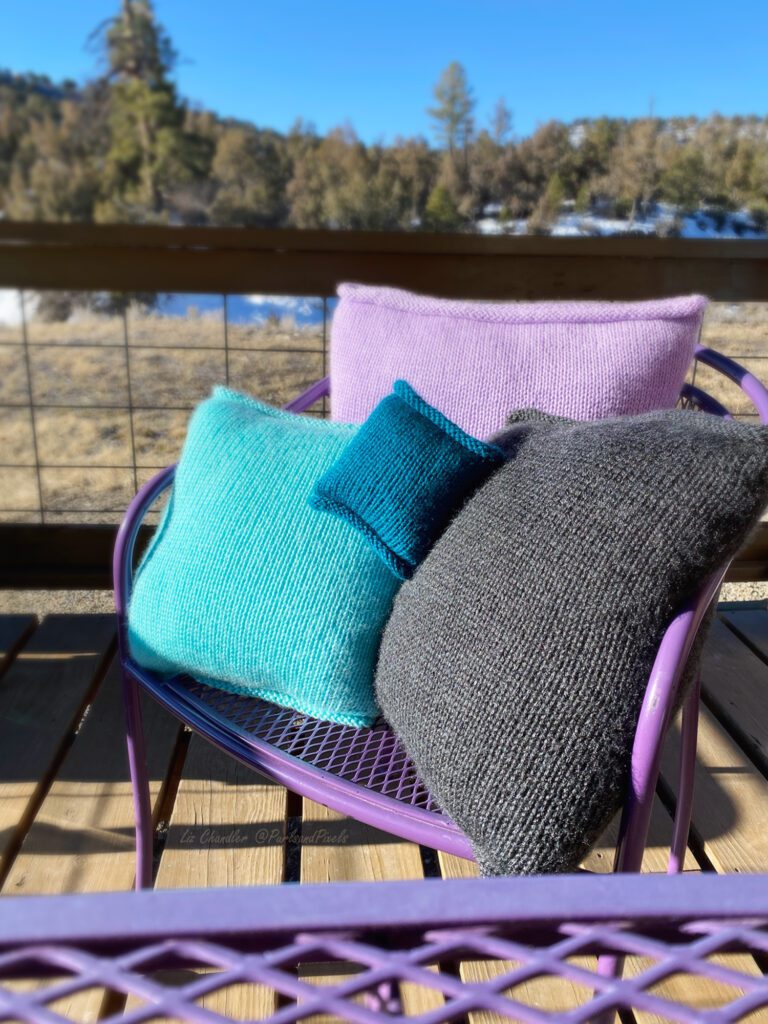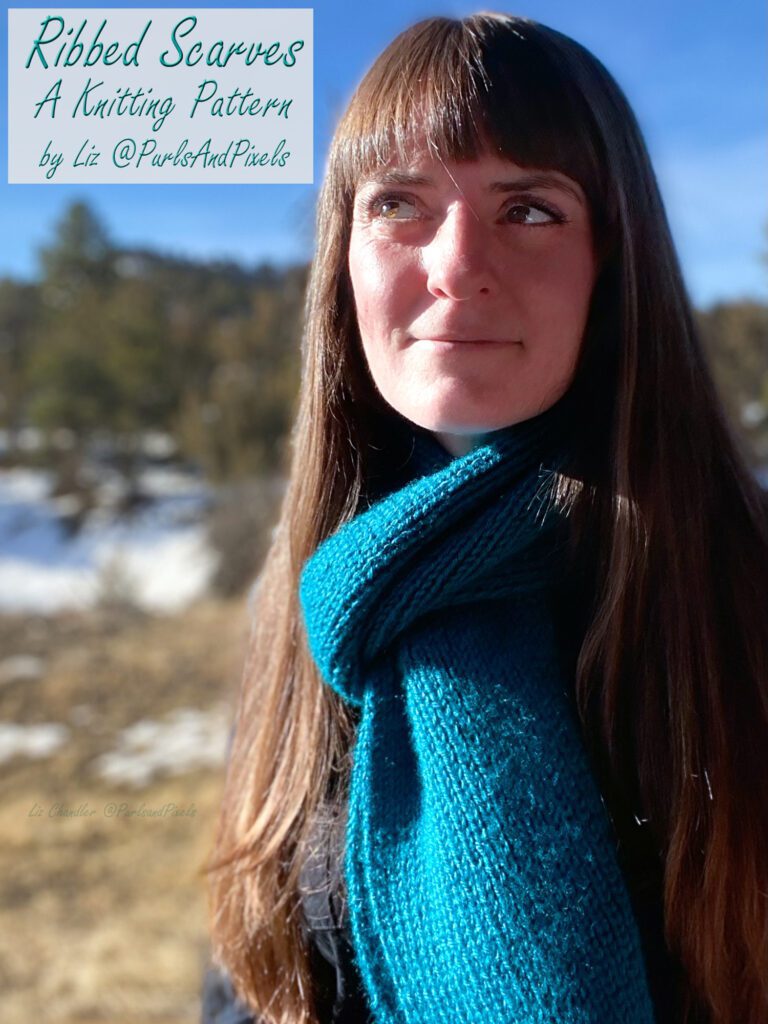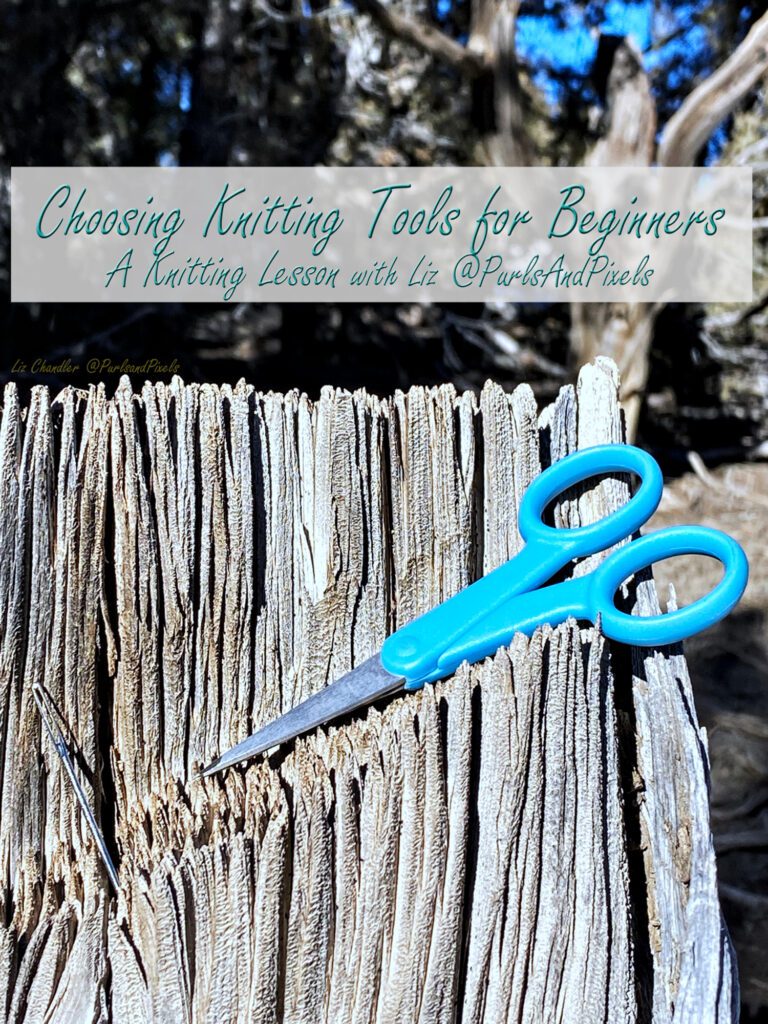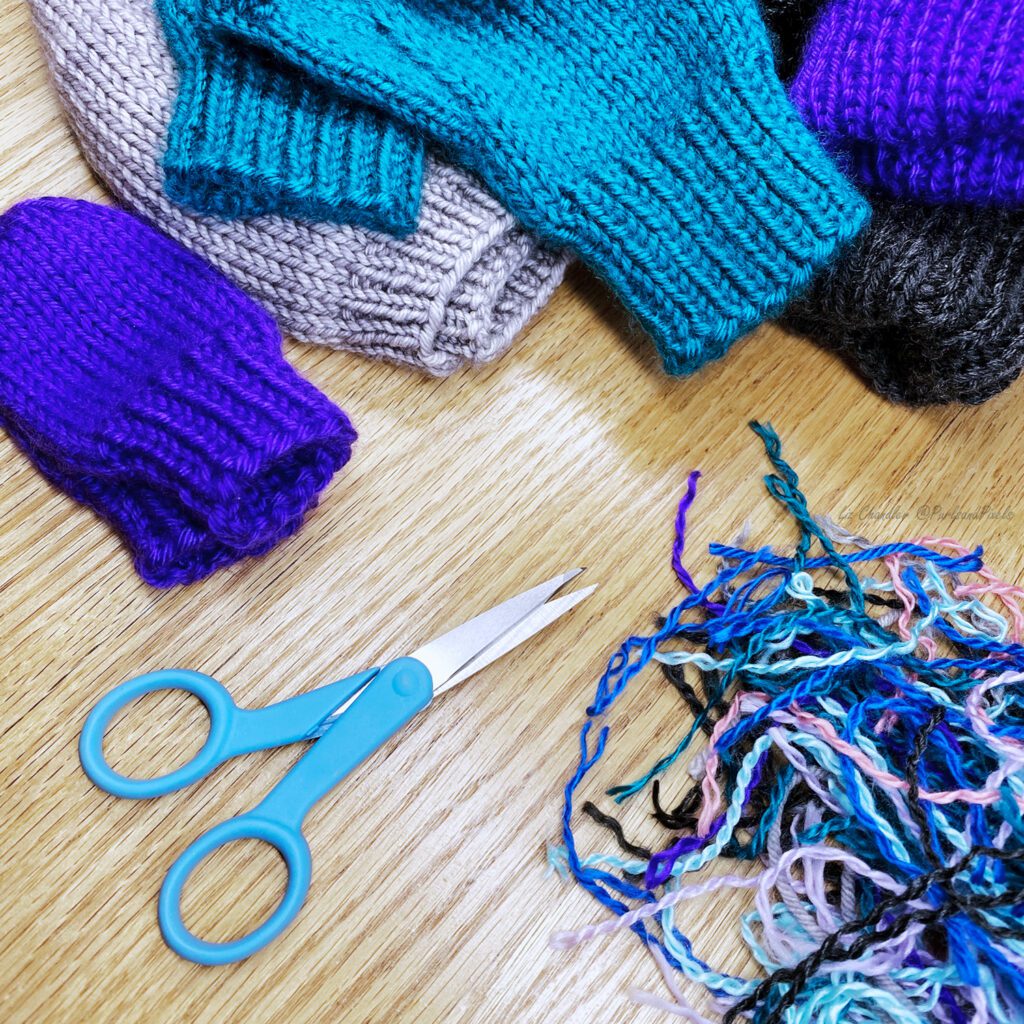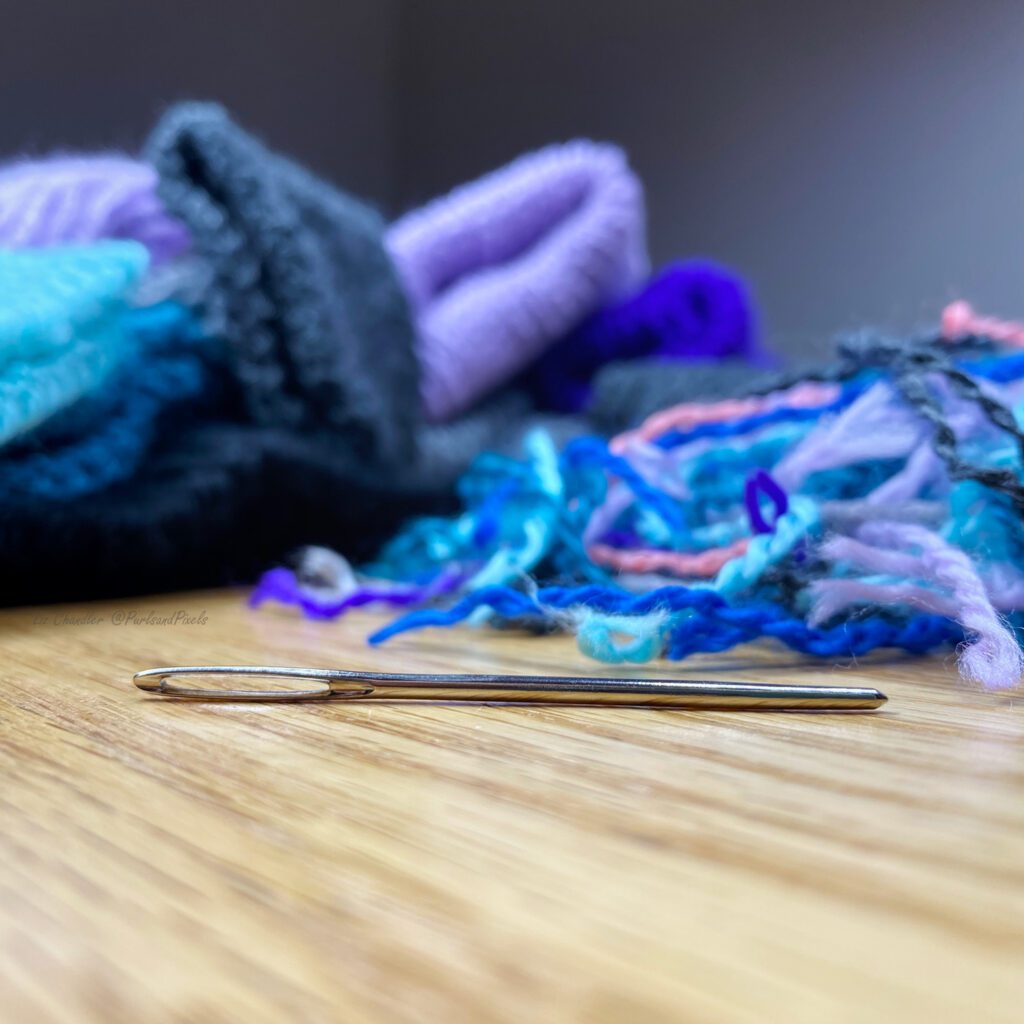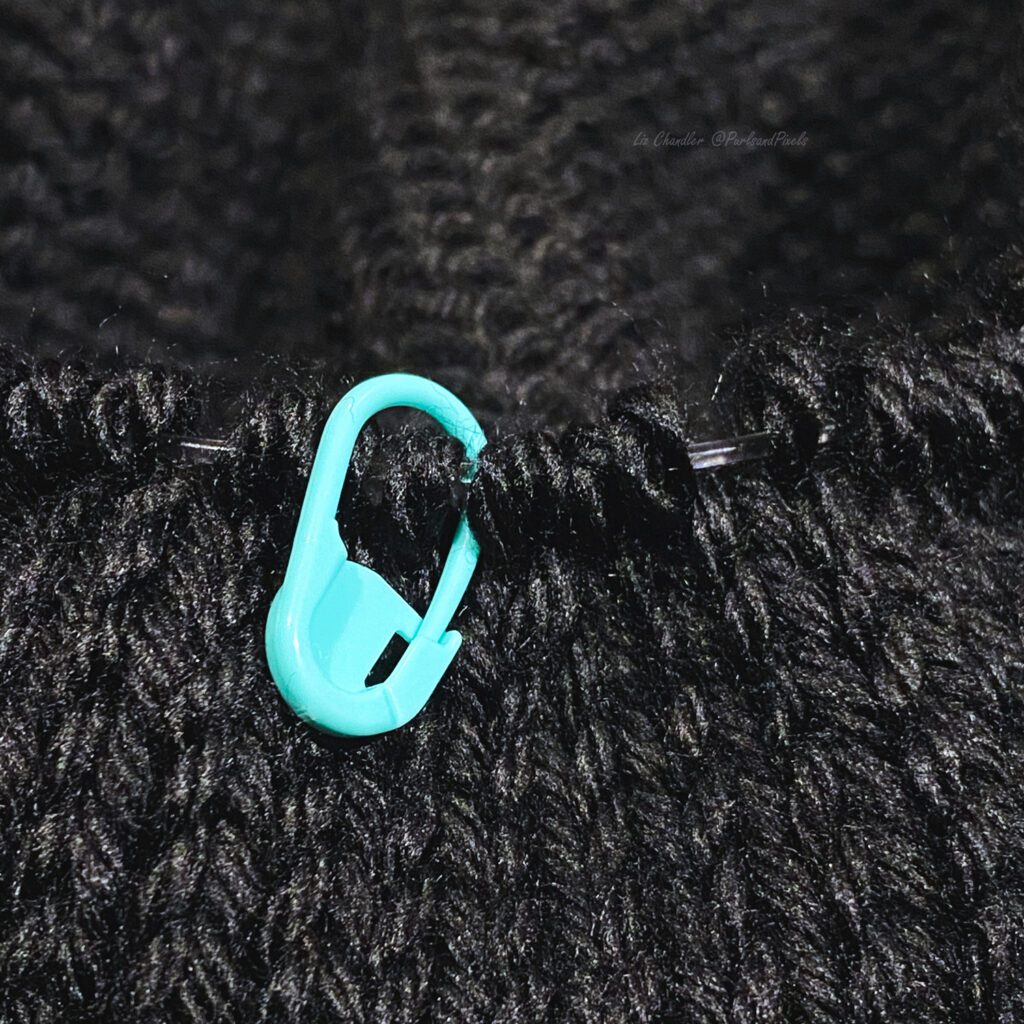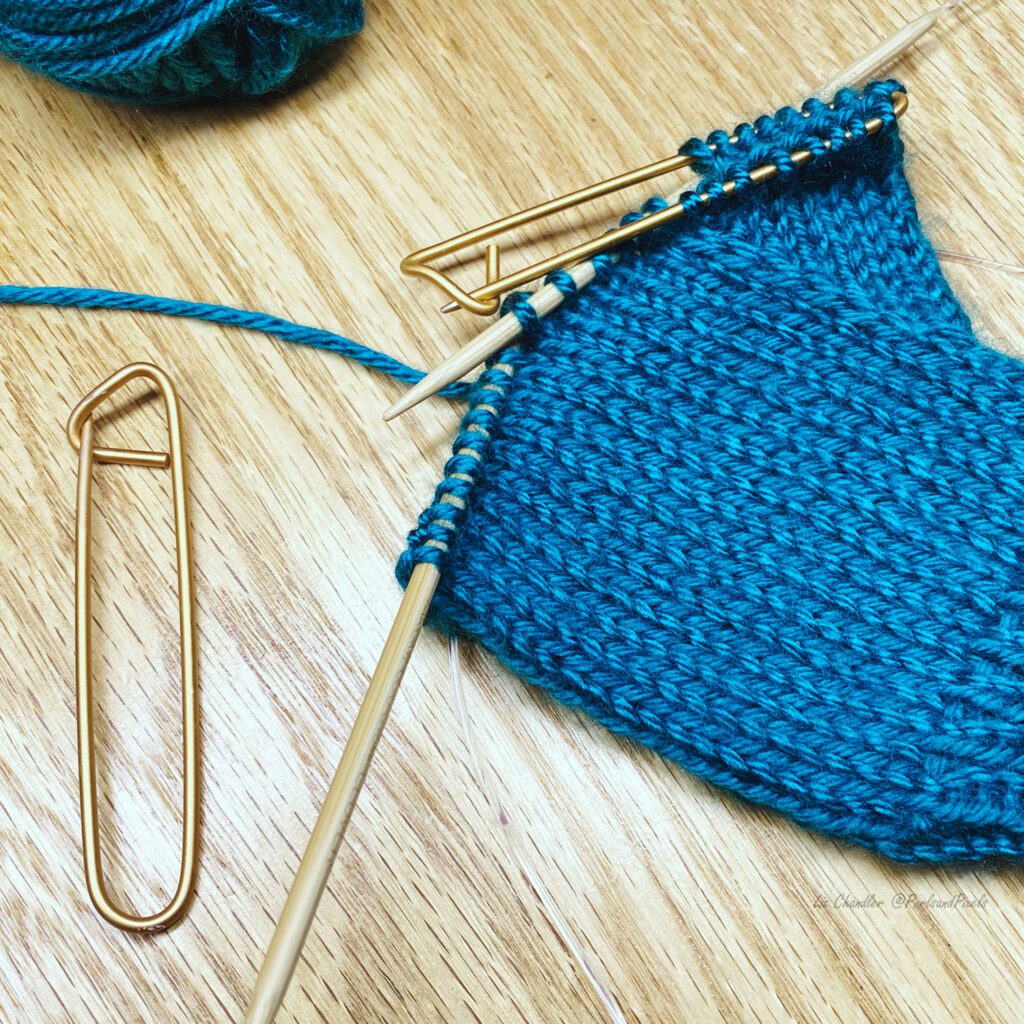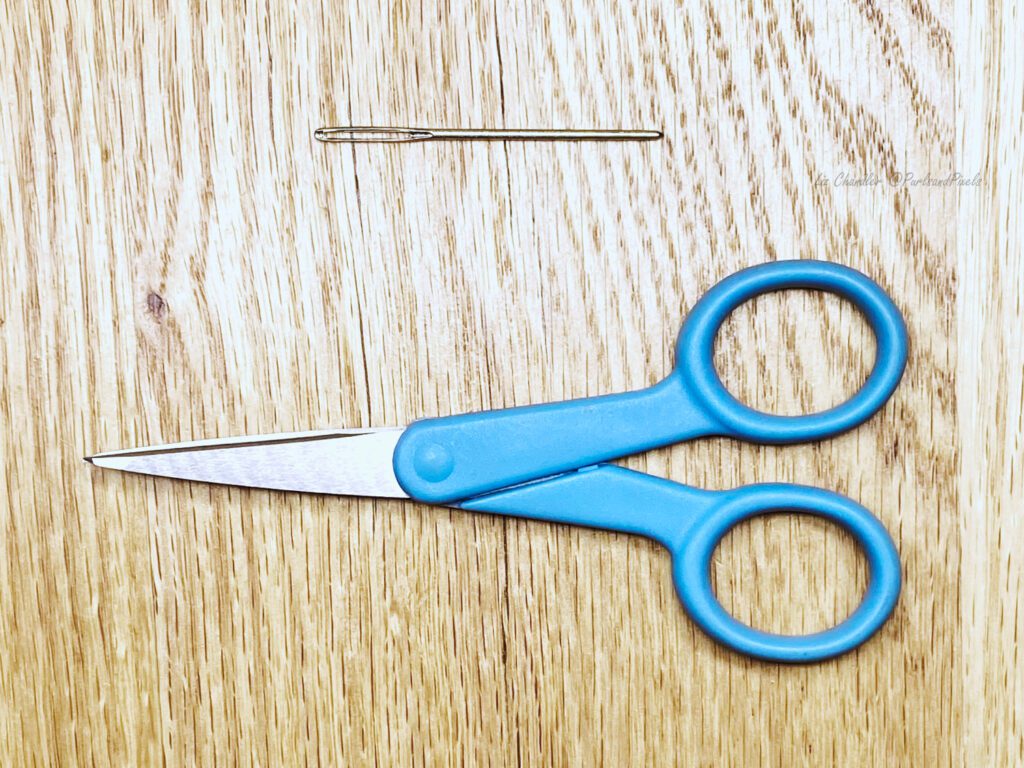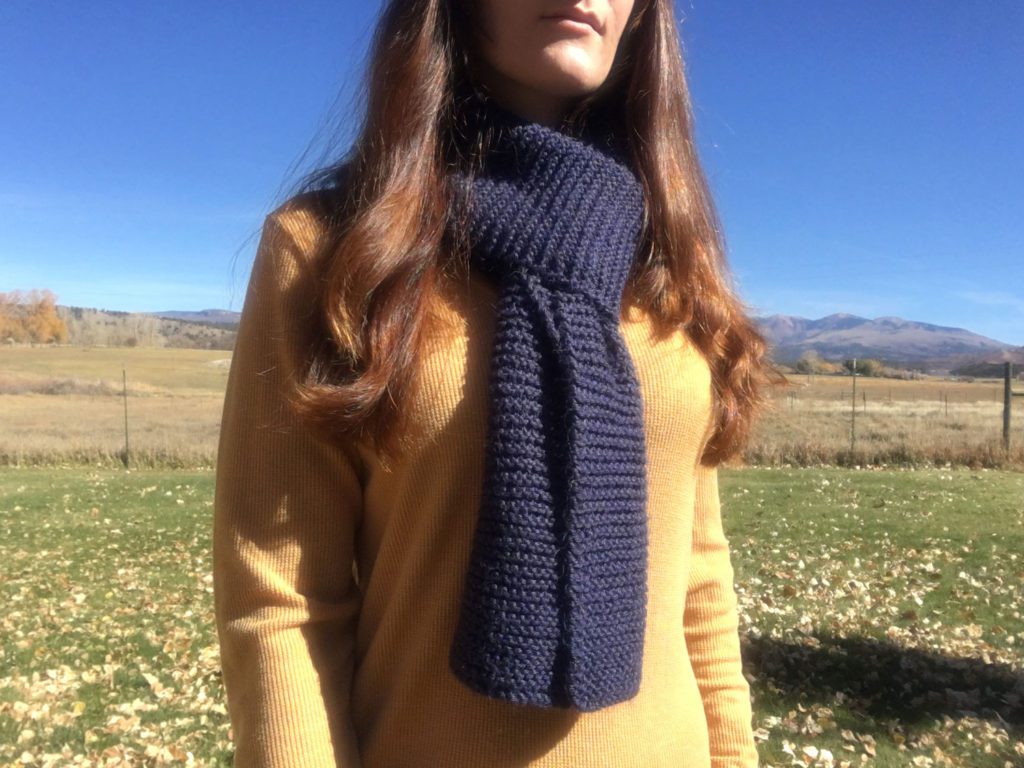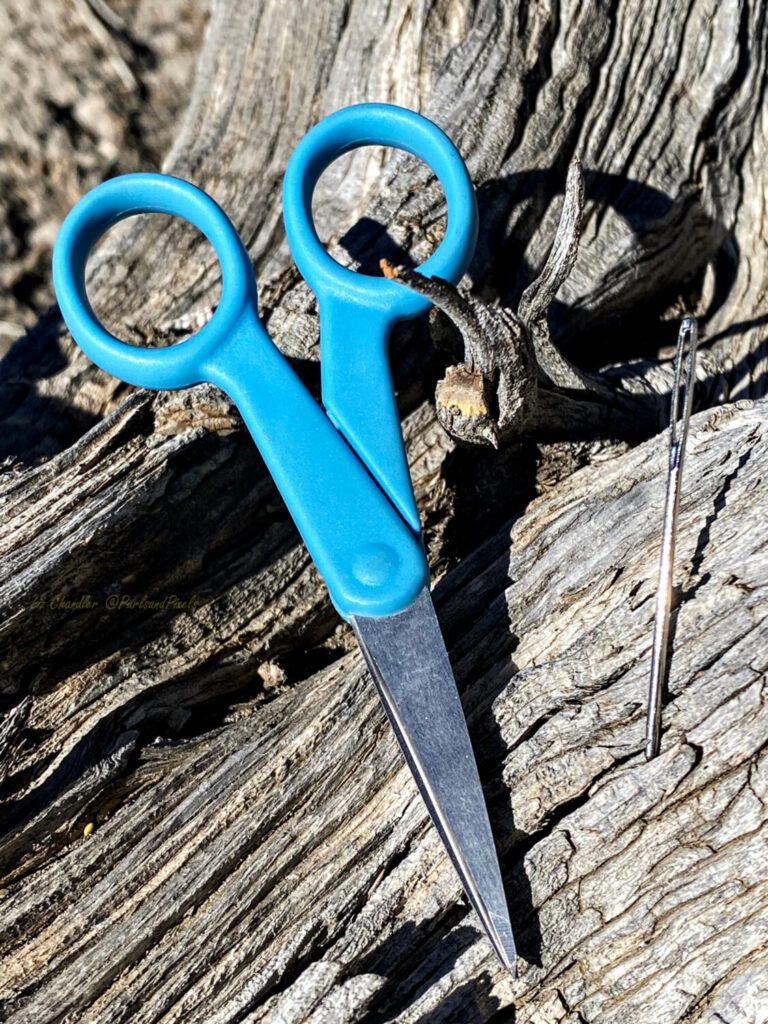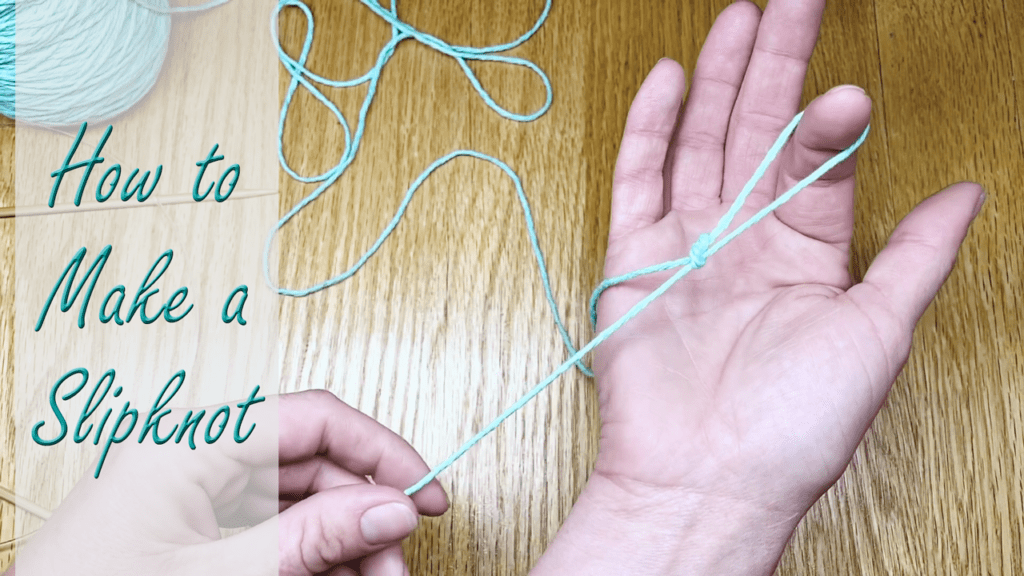Exploring My Favorite Knitting Supplies
Where do I get my knitting supplies? Why do I choose the things I knit with? Find out here!

Knitting Books with Lessons & Patterns
Liz Chandler’s Knitting Guide: Learn to Knit with Practical Patterns is, of course, my favorite knitting textbook. It includes both knitting lessons and knitting patterns. You’ll find everything you need to know about knitting, all in one place!
(Please note that all links to Amazon.com are affiliate links. If you place an order there, I earn a small commission from Amazon for referring you to products on their site.)
Yarn
Acrylic
Acrylic yarn, like Caron Simply Soft, is a favorite among knitters for several reasons. Its remarkable softness provides a cozy touch, akin to luxury fibers. Moreover, its vivid colors endure multiple washes, ideal for long-lasting projects like blankets or wearables. This yarn’s durability and resistance to stretching make it perfect for frequent use, while its hypoallergenic nature caters to sensitive individuals. Affordable, easy to maintain, and available in a variety of colors, acrylic yarn remains a versatile and dependable choice for knitters of all levels.
Cotton
Cotton Yarn, like Lily Sugar ‘n Cream, is a knitting essential, offering a multitude of advantages. Its breathability provides comfort in warm weather. Plus, its absorbency makes it perfect for items requiring frequent washing like dishtowels. With fantastic stitch definition, intricate patterns stand out beautifully, and its durability ensures projects maintain shape and integrity. From cozy blankets to practical kitchen accessories, the versatility and resilience of cotton yarn make it a reliable choice for knitters.
Wool
Merino wool is my top pick for knitters seeking both luxury and practicality. Malabrigo Yarn is renowned for its unmatched softness and natural elasticity, making it perfect for projects worn close to the body. Known for its superb insulation without excess bulk this yarn also has a stunning range of vibrant colors. Merino wool from Malabrigo Yarn adds both beauty and functionality to your knitting projects. The Malabrigo “Rios” line of yarns are a gorgeous worsted weight that works wonderfully with the patterns in Liz Chandler’s Knitting Guide.
Needles
Bamboo Knitting Needles
Bamboo knitting needles, exemplified by the esteemed Clover Bamboo Knitting Needles, offer an array of advantages that make them a beloved choice among knitting enthusiasts. Renowned for their lightweight and smooth surface, bamboo needles provide a comfortable and effortless knitting experience, reducing hand fatigue during extended knitting sessions. The natural texture of bamboo creates a slight grip on the yarn, preventing stitches from slipping off while allowing for a smooth and even knitting rhythm. Additionally, bamboo’s inherent flexibility and durability make these needles resilient yet gentle, ideal for working with delicate yarns or intricate stitch patterns. Moreover, their eco-friendly and sustainable nature adds an appealing factor for environmentally conscious crafters. Overall, bamboo knitting needles combine comfort, functionality, and sustainability, making them an excellent choice for knitters of all skill levels.
Metal Knitting Needles
Metal knitting needles, exemplified by the renowned Addi Turbo needles, offer a unique set of advantages highly valued by knitters. Their sleek and polished surface allows yarn to glide effortlessly, enabling swift and smooth knitting, ideal for those who prefer a faster pace or heavier yarns. The inherent rigidity of metal needles ensures consistent and even stitches, particularly beneficial for intricate patterns or projects requiring precise tension. Additionally, their durability and strength make them suitable for various yarn types, including those with more texture or tension.
Darning Needles & Tapestry Needles
You will also need some darning or tapestry needles to finish your knitting projects. These needles let you weave in (sew in) your loose ends. Choose a blunt-tipped needle with an eye large enough for your yarn.
Knitting Notebooks
A good knitting journal not only allows you to keep track of your knitting projects and patterns, but also inspires you to keep knitting beautiful things.

Storage
Clear Cereal Boxes
Plastic cereal storage boxes? Surprisingly perfect for knitting projects! These clear, versatile containers aren’t just for breakfast. They’re fantastic for organizing yarn, needles, and works in progress. With their see-through design, it’s easy to spot what’s inside, keeping your projects tidy and accessible. Plus, they’re stackable, compact, and easy to toss in your travel bag.

In Search of Chunky And Bulky Yarn Suggestions
Are you a fan of chunky and bulky yarn for your knitting projects? I’m on the lookout for yarn available in the US. If you have any favorites or recommendations for chunky or bulky yarn that you absolutely love working with, please share them in the comments below. I can’t wait to hear your top picks!









